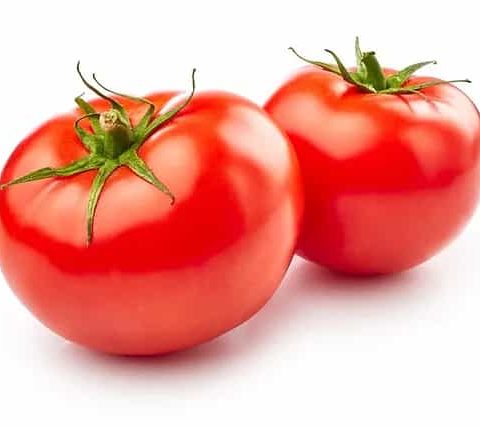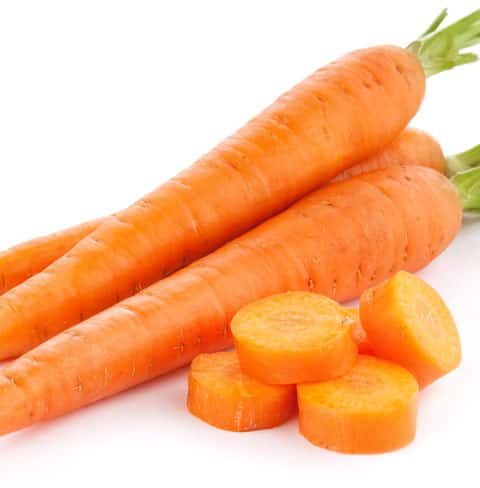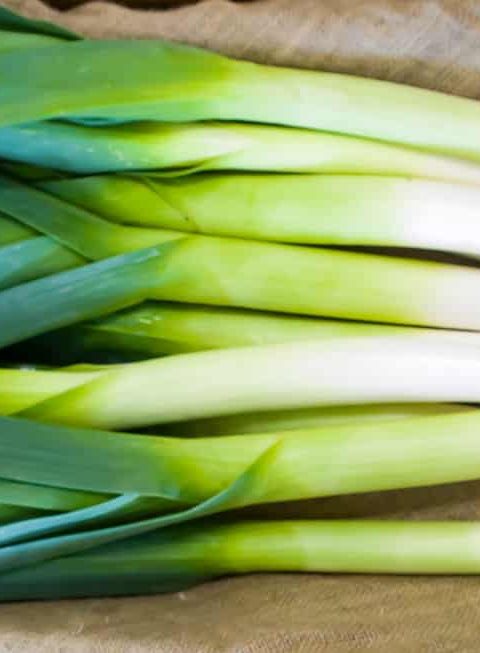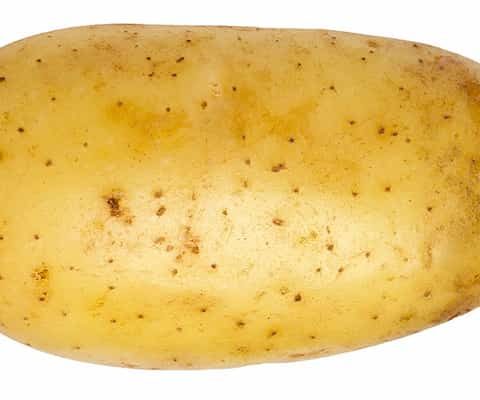Asparagus is one of the most beloved harbingers of springtime, with its slender green spears adding a pop of color and fresh flavor to meals.
In this article, I will provide an in-depth guide to purchasing, preparing, and cooking asparagus to help you make the most of this seasonal vegetable. Drawing from my decade of experience as a food blogger and home cook, I will share expert tips on how to select the best asparagus, proper storage methods, recommended cooking techniques, and the nutrition profile that makes asparagus such a healthy addition to your diet.
Whether you are new to cooking asparagus or looking to further develop your skills, this article will equip you with professional, practical advice to fully enjoy this iconic spring veggie.
Asparagus Basics – A Member of the Lily Family
Asparagus is a member of the Liliaceae family, which also includes onions, leeks, and garlic. Its scientific name is Asparagus officinalis.
Native to parts of Europe, Asia, and North Africa, asparagus has been cultivated and enjoyed for over 2,000 years! The edible portion is the young stem of the asparagus plant, harvested before the plant generates fern-like foliage.
When it comes to varieties, green asparagus is the most common. However, you may also see white and purple varieties, which have subtle flavor differences.
Purchasing Peak Asparagus – What to Look For
Asparagus season runs from April to June, which is when you’ll find the freshest, tenderest spears. Here’s what I look for when buying asparagus:
- Tight tips: The tips should be closed and compact, not flowering open. Open tips indicate older asparagus.
- Firm stems: Look for bright green stems with no spots or slimy textures. They should snap cleanly when bent.
- Smaller spears: Thinner spears around 1/2 inch diameter tend to be more tender. Larger spears can be woody.
- Vibrant color: The spears should have saturated, uniform green coloration. Yellowing or dullness shows age.
Buying in-season asparagus will ensure you get the highest quality for your recipes!
Prepping Asparagus – Washing, Trimming and Snapping
Prepping asparagus takes just a few easy steps:
First, I give the spears a gentle rinse under cool water to remove any dirt. I don’t soak them, as asparagus can easily absorb water.
Next, I snap off the woody ends. Where the spear breaks naturally is where it tends to become tough and fibrous.
Finally, I use a peeler to remove any thick skin on the bottom 2-3 inches of the stems. Now they are ready to cook!
Cooking Methods to Try – Roast, Sauté, Grill or Steam
When cooking asparagus, simple preparations are best to highlight its fresh, herbaceous flavor. Here are some of my go-to methods:
Roasting: Toss spears with olive oil, salt and pepper. Roast at 400°F for 15-20 minutes until lightly browned. Finish with a squeeze of lemon.
Sautéing: Heat olive oil in a pan. Cook over medium-high heat for 3-5 minutes until tender-crisp. Toss with garlic, pine nuts, or grated Parmesan.
Grilling: Toss in oil and grill for 2-4 minutes per side. Charred asparagus makes a great side or addition to salads.
Steaming: Steam for 2-4 minutes until bright green and just tender. Drizzle with hollandaise sauce or lemon-herb butter.
The beauty of asparagus is it pairs well with almost anything! It’s fantastic in pasta, frittatas, pizza and more.
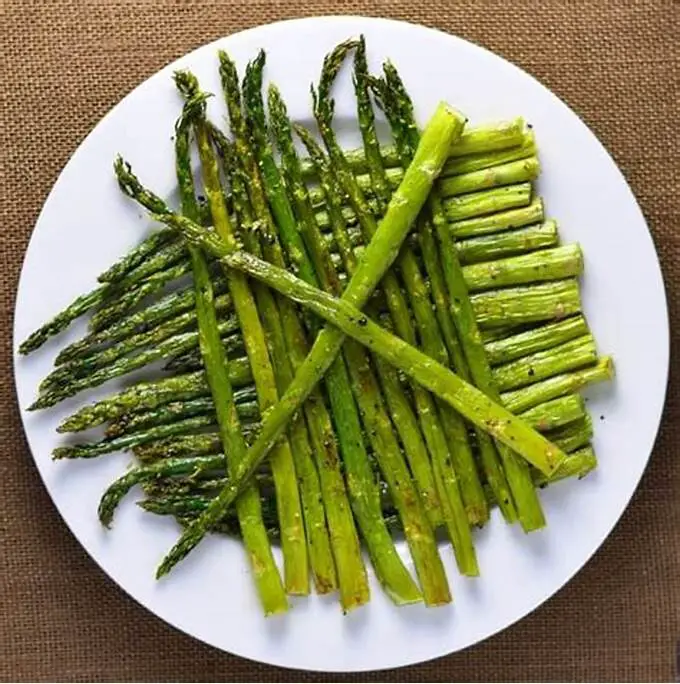
Impressive Health Benefits of Asparagus
With an abundance of nutrients and health-promoting compounds, it’s no wonder asparagus is considered a superfood veggie. Here are some of its top benefits:
- Excellent source of vitamin K, which supports bone and heart health.
- High in antioxidants like glutathione, which may fight cancer and boost immunity.
- Contains the nutrient folate, which aids brain and cognitive function.
- High in fiber yet low in calories, making it a nutrient-dense choice for any diet.
I love working nutrient-packed asparagus into meals and sides several times a month to reap those benefits.
Storing Asparagus to Maintain Freshness
Asparagus has a short shelf life, so proper storage is key. I recommend:
- Stand the spears upright in 1 inch of water with a plastic bag loosely wrapped around the tops.
- Refrigerate for 3-5 days maximum for best quality. The tips continue ripening after being picked.
- Alternatively, loosely wrap spears in damp paper towels and place them in a plastic bag in the fridge.
- Don’t wash until ready to use. Pre-rinsing accelerates deterioration.
With proper handling, you can enjoy fresh asparagus for almost a week!
Final Words
I hope this guide helps you select, prepare, and fully enjoy in-season asparagus. Let me know if you have any other questions – I’m always happy to chat about this tasty spring veggie. Until next time, happy cooking!



